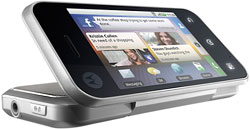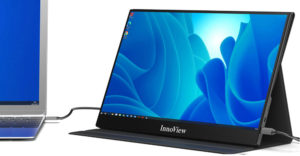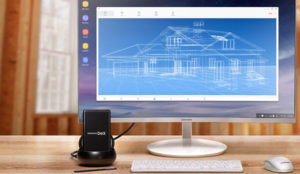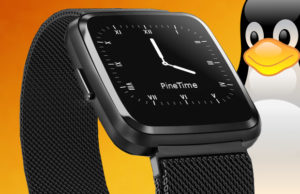
With its US$99 price, the new Android-based Motorola Backflip clearly stands apart from Apple’s iPhone on more than just appearance.
Both are smartphones, to be sure, and both are offered through AT&T. They also provide many of the same features and functionality.
However, in addition to their different form factors and operating systems, the divergent pricing on the devices suggests that they occupy very different positions in AT&T’s strategy.
‘A Mass-Market Device’
The Backflip is “intended to be a mass-market device similar to the Cliq over at T-Mobile,” Ramon Llamas, senior research analyst with IDC’s mobile devices technology and trends team, told LinuxInsider. “It’s got to be inexpensive, but it’s also got to provide a good experience.”
In that respect, Motorola has done well, Llamas added.
“I have to tip my hat to Motorola for being one of the companies to put its stamp on the Android platform,” he said. “They did a pretty good job.”
‘Not Everyone Wants an iPhone’
AT&T has long been the sole U.S. carrier for Apple’s wildly popular iPhone, of course, but it also has — or will soon have — phones representing numerous other mobile platforms, Llamas pointed out, including Research In Motion’s BlackBerry and Palm’s webOS.
The new Backflip, with its norm-busting design, represents the company’s first foray into the Android arena.
“Not everyone wants an iPhone,” Llamas asserted. “They’re taking the approach of offering many devices for many different demands and needs in their customers.”
Social networking, for example — which is a particular focus of the Backflip — is experiencing a great deal of growth among consumers over 30, he noted.
Neither AT&T nor Motorola responded by press time to LinuxInsider’s requests for comment.
‘The iPhone Imitator Class’
There’s no doubt Android phones are full-featured, Allen Nogee, a principal analyst with In-Stat, told LinuxInsider.
The main difference with the iPhone, however, has been in the availability of applications, he added.
“Like the Droid from Verizon, I think [the Backflip] will have a following, but the popularity of the iPhone platform has always placed these phones into the iPhone imitator class in some customer’s minds,” Nogee opined.
Four Price Points
As for the device’s price, “the cost that subscribers have been paying for phones has slowly been dropping in recent years,” he pointed out.
In fact, “most phones now fall into one of four prices: $199, $99, $49 or free,” Nogee explained. “Operators usually try to keep a few at different price points to attract the most customers. Since the iPhone is $199, it makes sense this one is $99.”
Besides, given that buyers must sign a two-year contract for voice and data services totaling more than $1,500, “a hundred dollar difference in price doesn’t matter much if AT&T can acquire a new customer with a two-year contract,” he noted.
Falling Prices
Indeed, “this is part of the transformation of wireless toward smartphones everywhere,” telecom and wireless analyst Jeff Kagan told LinuxInsider.
A few years ago, people had to pay $400 to $600 for a phone that did so much more than a regular cellphone could do, Kagan explained, but that’s no longer the case. “Today the smartphone is working its way down in price, giving more customer segments the chance to buy it.”
An increasing number of phones are entering the $100-to-$200 range,” Kagan added. “Before we know it, that will be the cost range of virtually every smartphone.”
Like Lexus vs. Mercedes
The Motorola Backflip will compete with the iPhone only in the sense that Lexus competes with Mercedes, Kagan opined: “They are not the same in customers’ minds — customers usually buy one over another for any of a number of reasons.”
So, where the Apple iPhone used to be the primary contender in this smartphone category, new competitors will mean that “customers can choose the manufacturer they want with the features they need,” he explained.
“After it has been in the market for a few more years,” Kagan added, “it will be interesting to see how customer choices drive the direction of these devices.”




































































